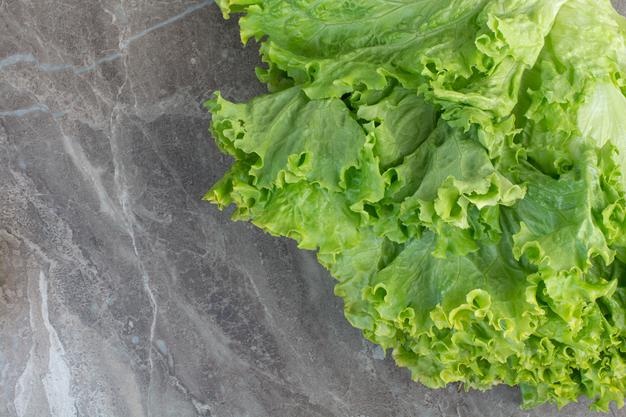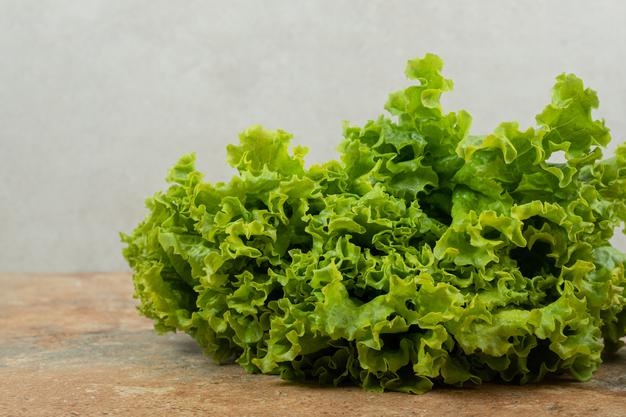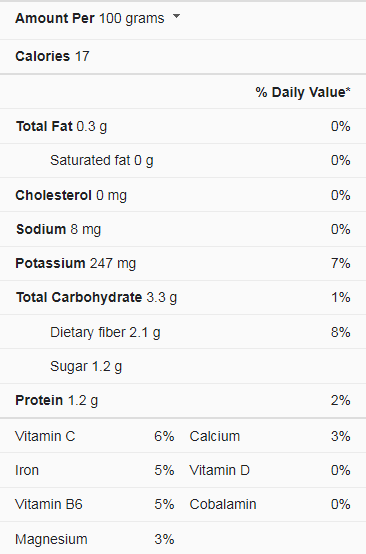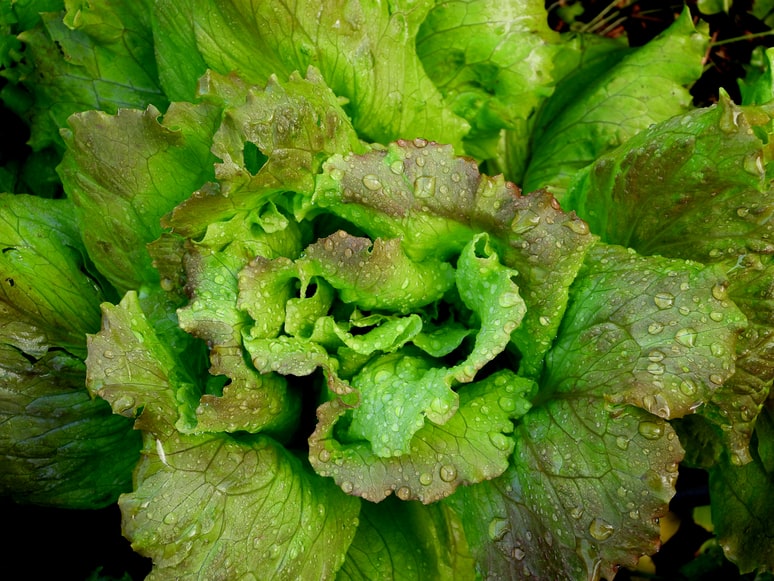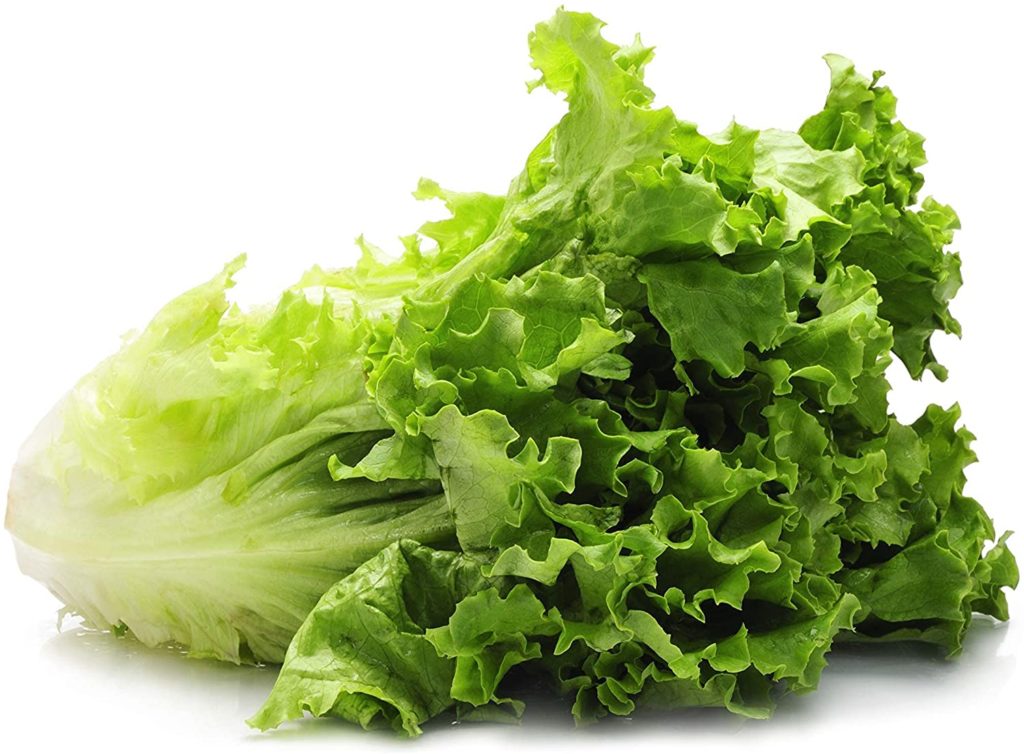If you are curious how to tell if romaine lettuce is bad, In this article, you will get all the information about Romaine Lettuce. A bright, snappy, and vibrant salad is refreshing, delicious, and nutritious, but a salad that is wilted, brown Lettuce is not. Like much other fresh food, Lettuce has a short shelf life and is very picky about handling it, and Lettuce is more delicate than many other vegetables.
Romaine Lettuce Nutrition Facts
Romaine Lettuce
Dark green leaves with distinct ribs going down the middle make up the tall head of lettuce known as romaine. It is heat tolerant, unlike other lettuces. Romaine is sold in North America as complete heads or as “hearts” that have had the outer leaves removed and are frequently packaged together.
Consumer supplies of commercially supplied romaine lettuce have been the subject of product warnings from both US and Canadian health authorities, warning that they can become contaminated with or host harmful E. coli bacteria.
Cattle can carry the bacteria and be asymptomatic carriers of the bacteria without suffering any harmful consequences. Cattle dung is used to fertilize crop fields, and cattle pastures and feedlots are close to water sources used to irrigate crops, causing Lettuce to become contaminated with the bacterium.
How To Tell If It Is Bad?
If you have ever wondered how to tell if romaine lettuce has gone wrong, there are a few easy signs to look for:
1. Look For Brown Or Black Leaves That Indicate Rotting
When discolorations emerge, they are easy to spot. The leaves of most lettuce kinds are light green or yellow, except Red Coral, which has purple leaves. Your Lettuce is on its way out when dark patches form on many leaves in place of these colors. Discolored Lettuce has a slimy texture and a foul odor.
2. Throw Out Lettuce With A Robust And Rancid Smell
Fresh Lettuce has an almost slight odor. You can notice an earthy aroma coming from the Lettuce’s growing soil. Pungent-smelling Lettuce is rotting. It will be easy to recognize the decaying scent because it will be unpleasant. It’s essential to wash the Lettuce thoroughly and avoid exposing it to excessive heat and direct sunlight.
3. Check The Leaves For Signs Of Wilting
Lettuce is firm and crisp when it is fresh. Lettuce becomes mushy, drooping, and wrinkled as it ages. These changes can be detected by looking at the leaves or touching them. Even if these leaves do not appear damp, the Lettuce is on the verge of rotting if it begins to wilt.
Lettuce wilts just as it’s about to turn brown. You can restore its sharpness by immersing it in ice water for up to 30 minutes. You’ll either have to throw it away or find a purpose for it immediately if the Lettuce hasn’t started to decay.
4. Touch The Leaves To See If They Feel Wet
Be conscious of the texture of your leaves, even if they don’t appear to be rotten. You might be able to see and feel the moisture on the leaves.
As the leaves begin to decay, a sticky or slippery material accumulates, signifying softness and rot. As the leaves wilt, they grow softer. Even if damp leaves are okay to eat, they will not taste very nice.
5. Throw Away Bags Of Lettuce That Look Swollen Or Moist
Although you won’t smell or touch the Lettuce until you open the bag, specific symptoms of deterioration may still be visible. As moisture escapes from the leaves, the bag will puff up. On the inside of the bag, you could notice water beads.
Because germs and mold thrive in moist environments, don’t consume the Lettuce. Brown patches in a rotting bag of Lettuce may be visible. You can also attempt to open the bag. If the Lettuce has gone wrong, it will have a foul, putrid odor.
6. Taste The Lettuce To See If It Is Sour
Snack on a piece of Lettuce that appears to be safe to consume. Fresh Lettuce has a bland, watery flavor that most people are familiar with.
Bad Lettuce tastes and smells like rotting Lettuce. It will taste harsh, rotten, and sour, and you will want to spit it out. If the Lettuce is bad, don’t eat it. It should be thrown away right away.
What Happens If You Eat Bad Romaine Lettuce?
If you are unsure if your romaine lettuce is terrible, it might be a good idea to throw it out immediately.
- The first sign of romaine lettuce spoilage is diarrhea, vomiting, or hemolytic uremic syndrome, occurring two to eight days after consuming the greens. These symptoms may occur from three to eight days after eating the romaine.
- When the leaves of romaine lettuce become black or brown, and the entire Lettuce seems slimy, it’s time to throw it out. The ROMAE should be discarded because it is no longer edible. It suggests decay if the leaves are entirely black or brown. Green romaine can be stored in the refrigerator for up to six months.
- In addition to the above signs, you should be aware of the symptoms of romaine lettuce poisoning. These include chronic diarrhea and kidney failure and should occur within two to eight days of eating romaine lettuce. To be safe, wash it thoroughly.
- Other signs of romaine lettuce poisoning include abdominal cramps, chronic diarrhea, and chronic vomiting, which occur two to eight days after consuming romaine lettuce. Symptoms of romaine lettuce poisoning are best treated by visiting a medical provider or urgent care center. If you are unsure whether you should consume romaine lettuce, it is essential to note the warning labels and any possible symptoms.
- To determine if romaine lettuce is spoiled, thoroughly wash it before eating it. Its color will become mushy and slimy, and the texture will change to a dirty, wilted, or slimy texture. The mushy, wilted texture of romaine lettuce will be a red flag that the romaine has become spoiled.
Conclusion
Do we hope that through this article, you have the information on how to tell if Romaine lettuce has gone bad? The signs of romaine lettuce poisoning are usually not easy to detect. The Lettuce should be mushy or slimy, and it should also have an odor, and its appearance should be brown or black. Besides having an off-odor, rotting romaine lettuce has brown or black leaves. The discolored leaves are also slimy and smelly. However, these are not harmful.
